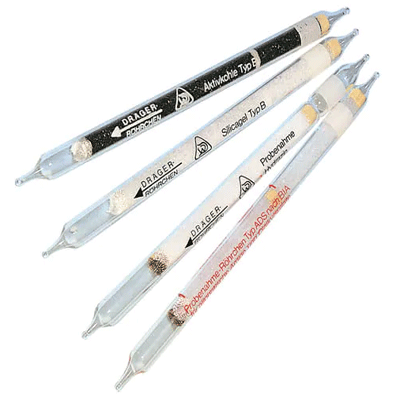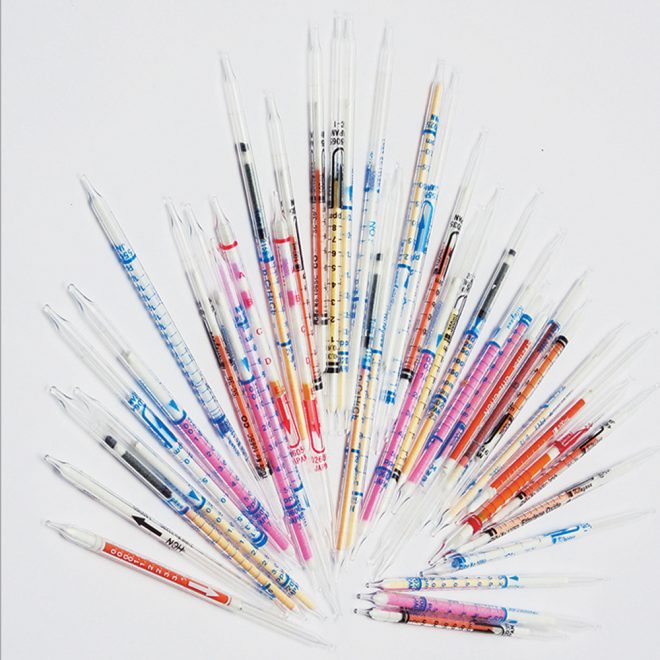-
Drager Gas Detector Tubes and Pump
Drager Gas Detector Tubes and Pump are very reliable in use even with complex compounds and mixtures of substances. This Drager Tube pump allows you to use the established Drager Tubes to take measurements under extreme conditions. These Drager Tubes have already been calibrated for simple to use and form a perfect unit with the Drager Tube pump.
Applications: Petroleum Industries, chemical Industries, refining, environmental, metallurgy, gas transmission and distribution, biochemical medicine, agricultural and other industries. -
Kitagawa Gas Detector Tube System
Kitagawa Gas Detector Tube System is a detecting tube that is designed to measure accurate gas range readings in minutes. Kitagawa Gas Tubes are user-friendly, safe, and easy to measure the gas and its ranges. No power supply and Calibration are required for these Gas Detecting tubes and low-cost analysis for your gas detection needs.
Applications: Labs, Pharmaceuticals, biochemical industries, etc.
Shop By Category
- Air Quality Monitors
- Ammeter and Voltmeter
- Calibrators
- Caliper
- Clean Room Instruments
- Data Loggers
- Digital Pressure Gauge
- Electronic Pressure Gauge
- Environmental Meters
- Fire and Safety
- Flameproof Instruments
- Gas Detectors
- Gas Detectors
- Gas Detector Tubes
- Air Capture Hood Meters
- Air Flow Meters
- Air Velocity Transmitters
- Air Flow
- Air Quality-PM2.5/PM10/TVOC/HCHO
- Current/Voltage/Resistance/EMF
- Differential Pressure
- Dissolved Oxygen
- Distance
- Fire / Escape / Underwater
- Gases
- Airborne Particle Counters
- Analog Pressure Gauges
- Digital Pressure Controllers
- Digital Pressure Indicators
- Digital Pressure Transmitters
- Clamp Meter
- Dissolved Oxygen Meters
- Distance Meters
- Gauss Meters
- Data Loggers
- Differential Pressure
- Differential Pressure Controllers
- Differential Pressure Indicators
- Differential Pressure Transmitters
- Digital Vacuum Controllers
- Digital Vacuum Indicators
- Digital Vacuum Transmitters
- Dosimeter
- Gamma Camera
- Fixed Gas Detector


